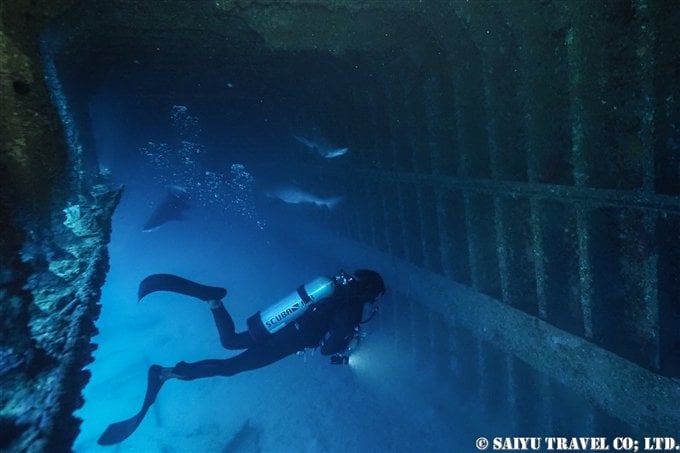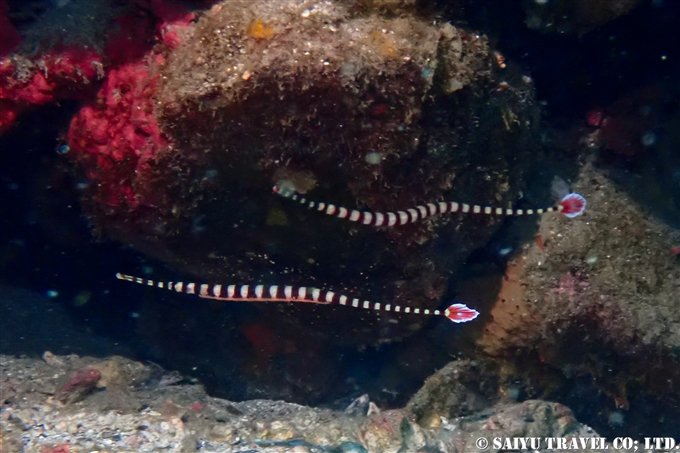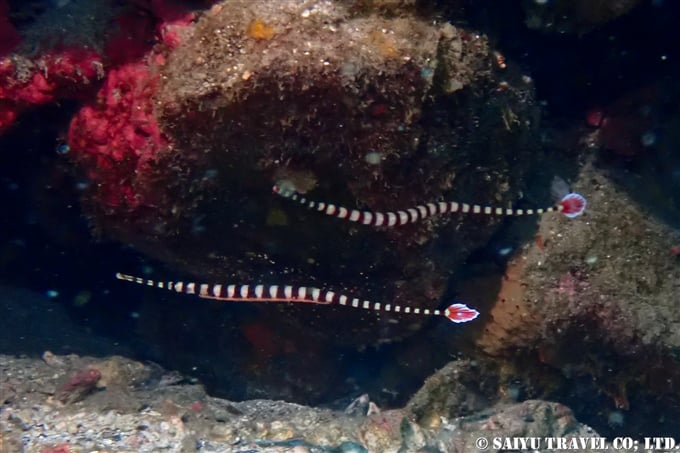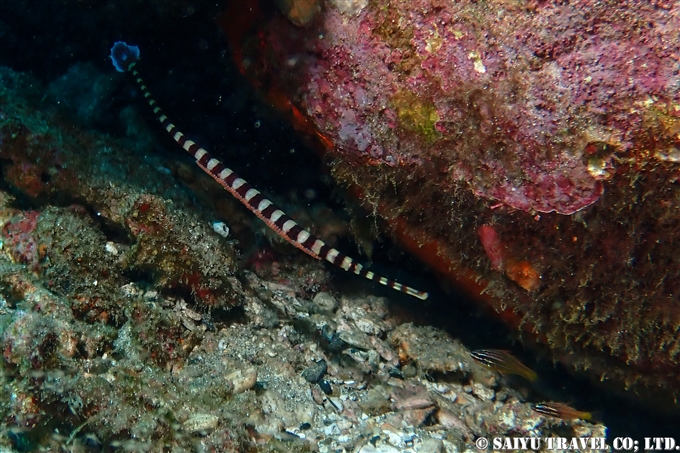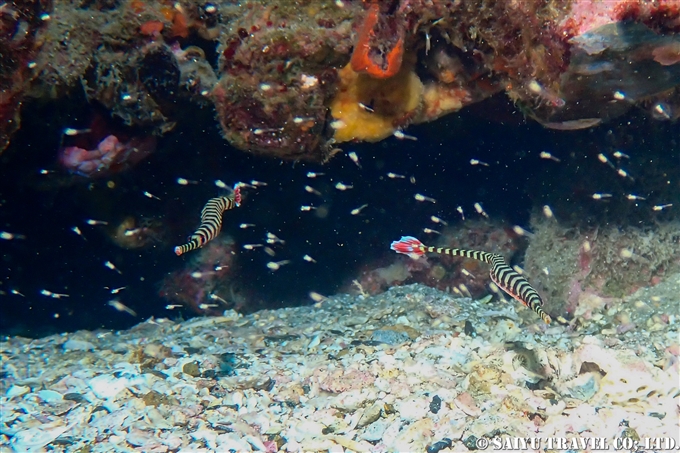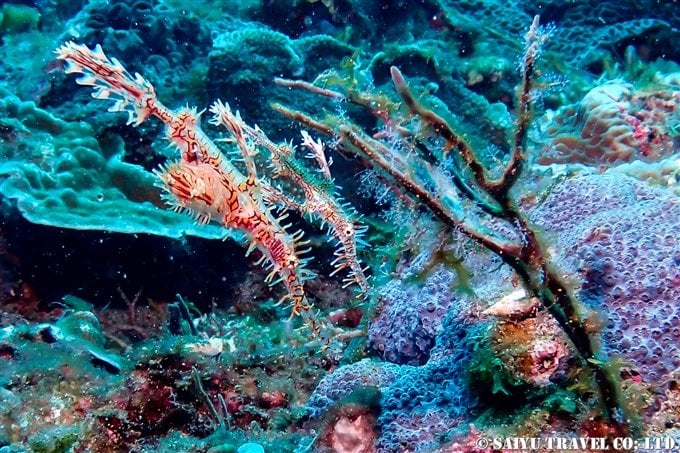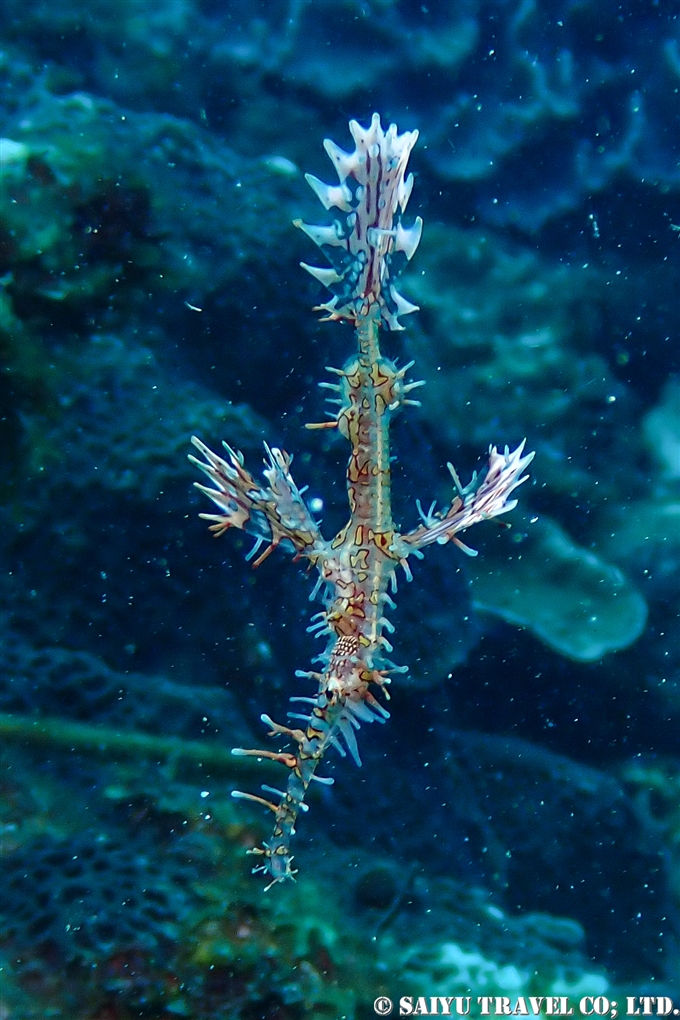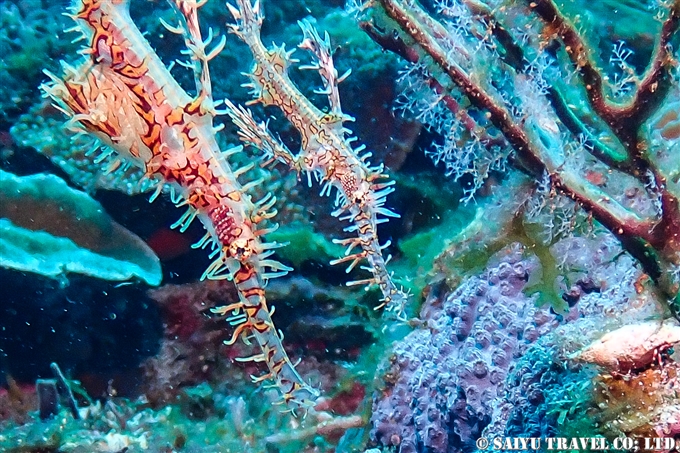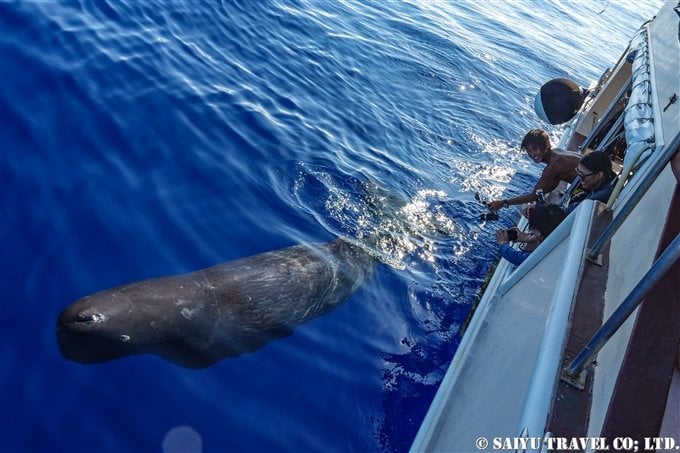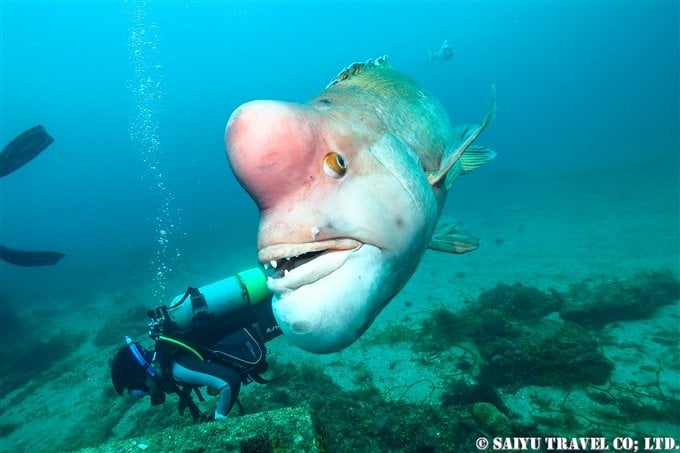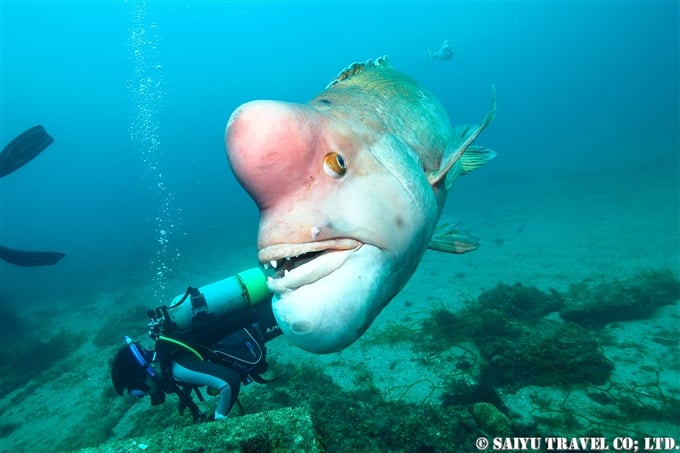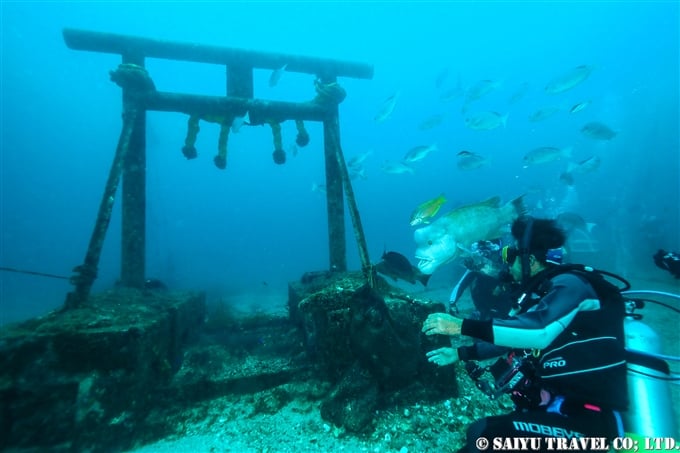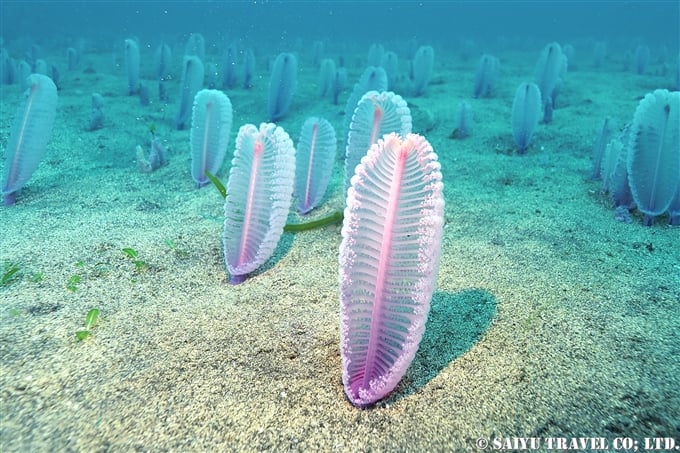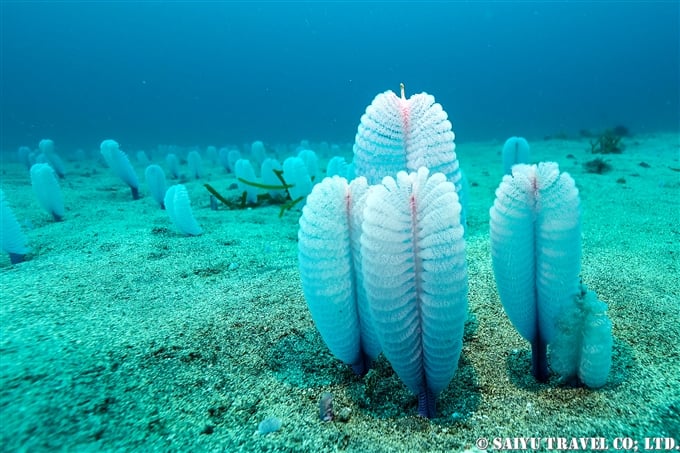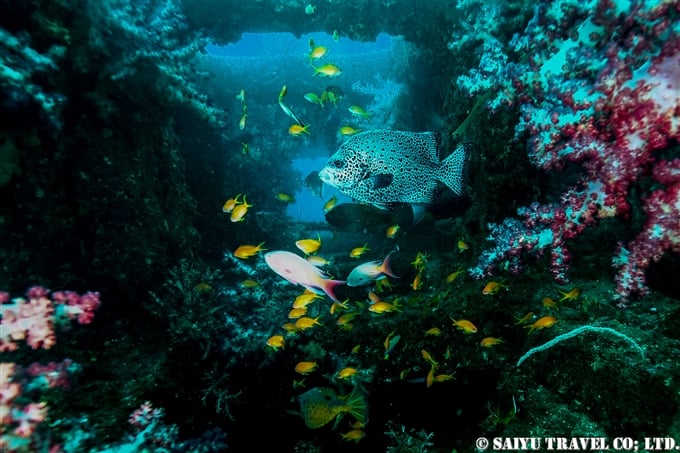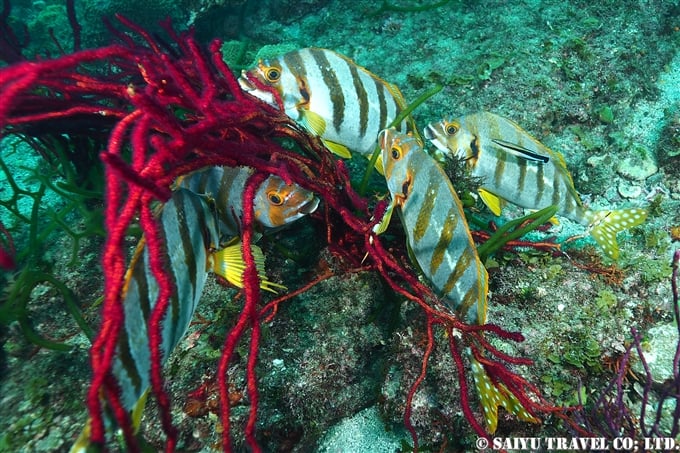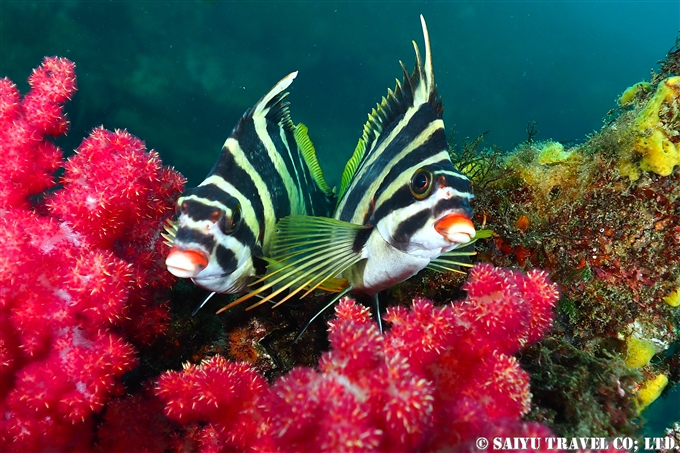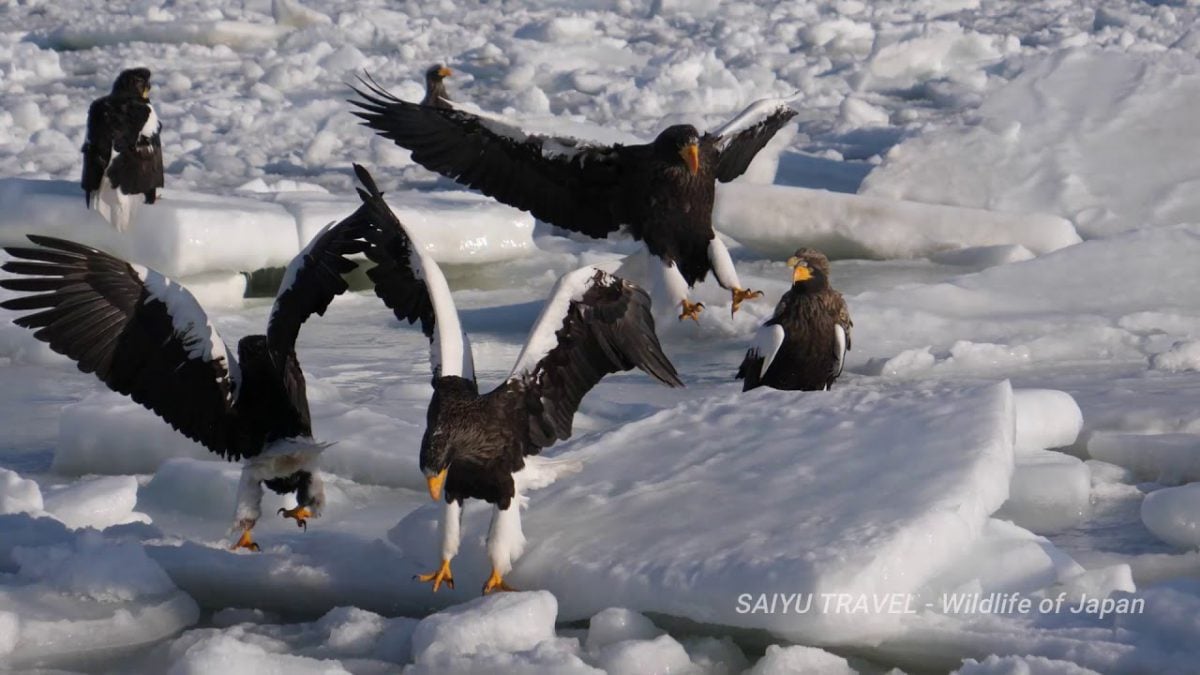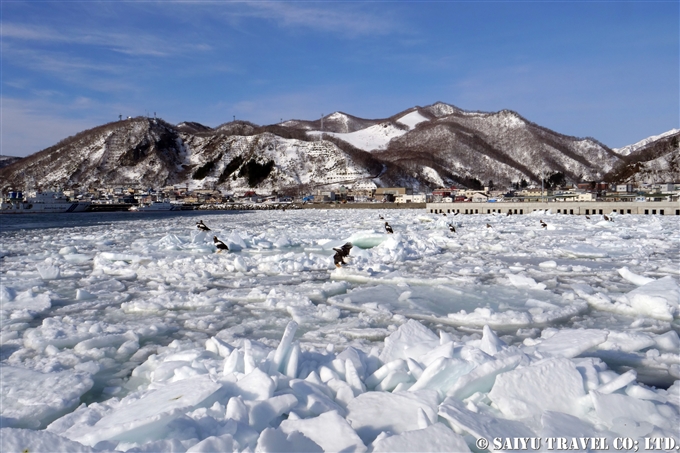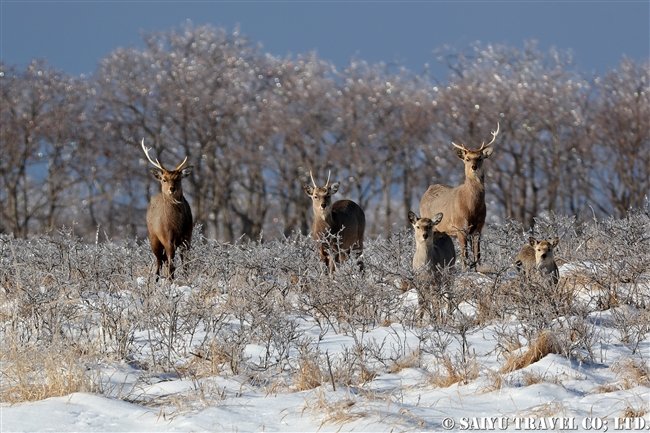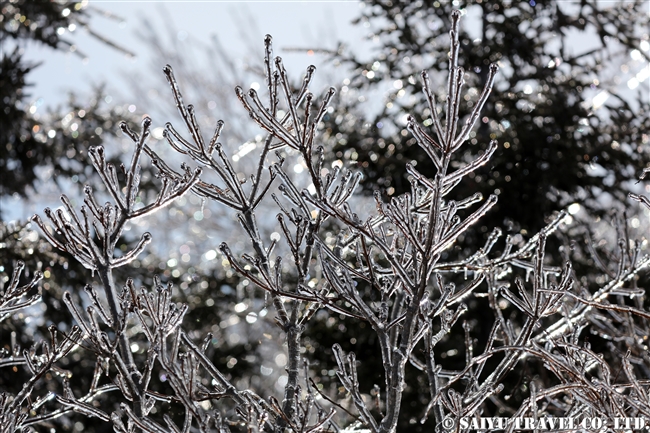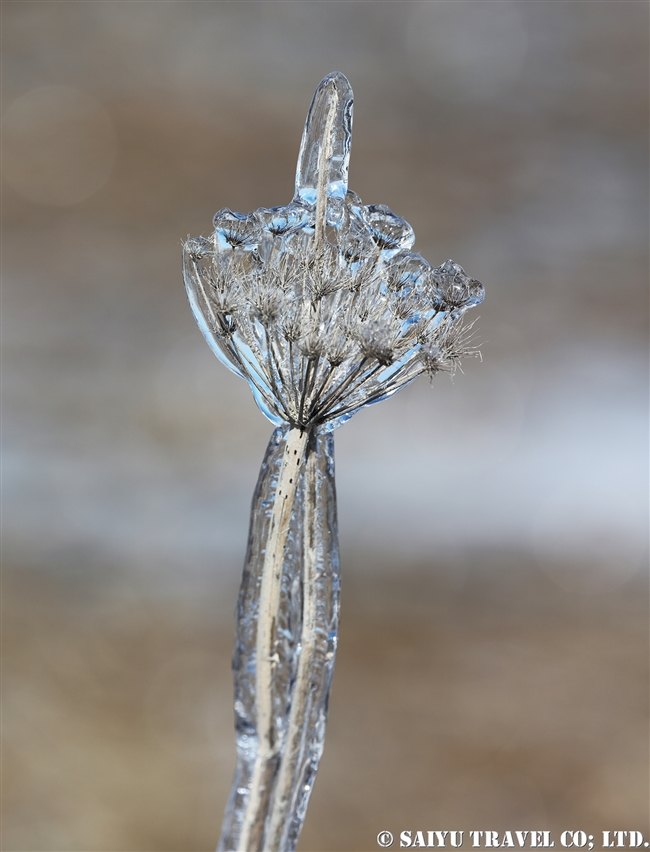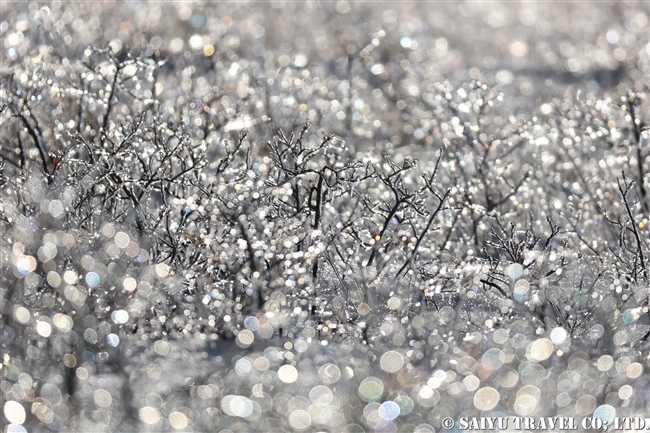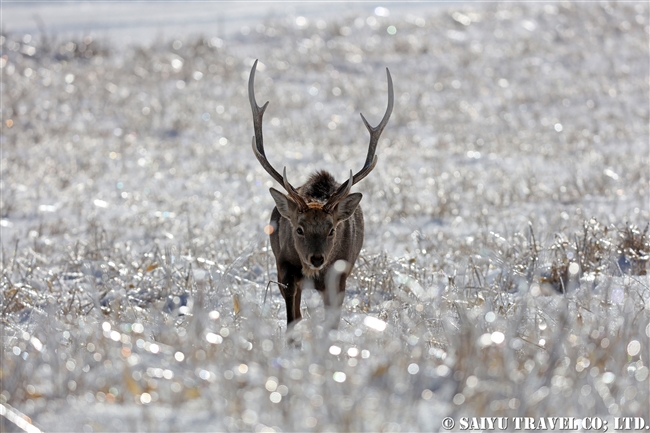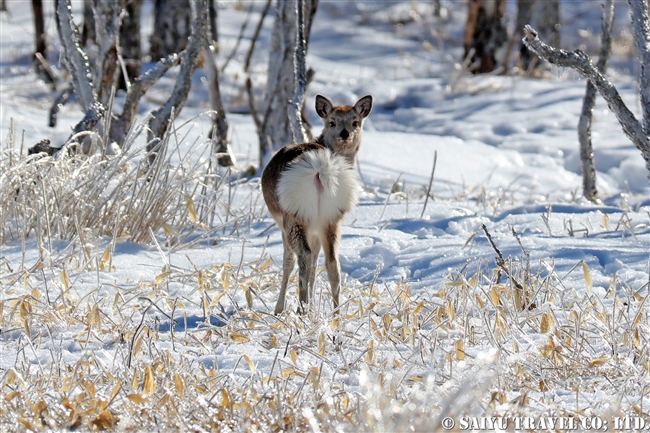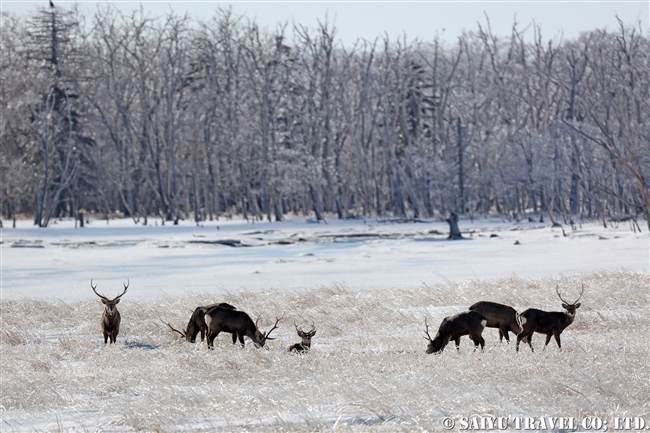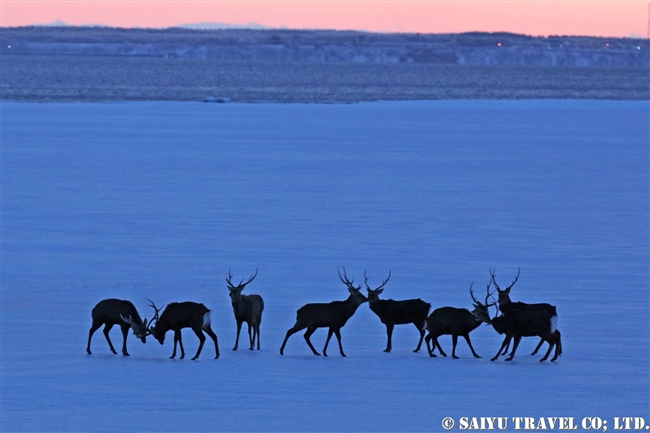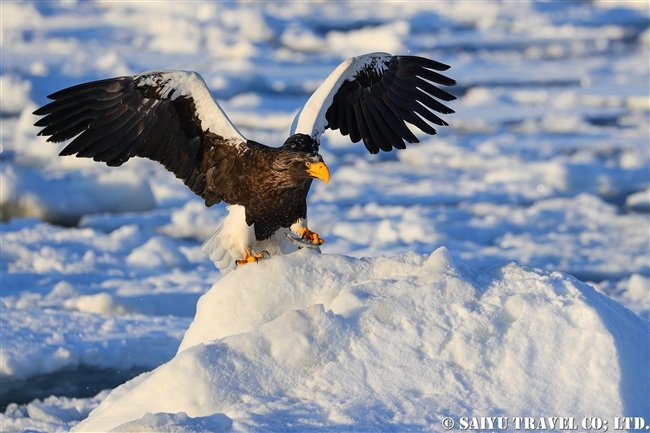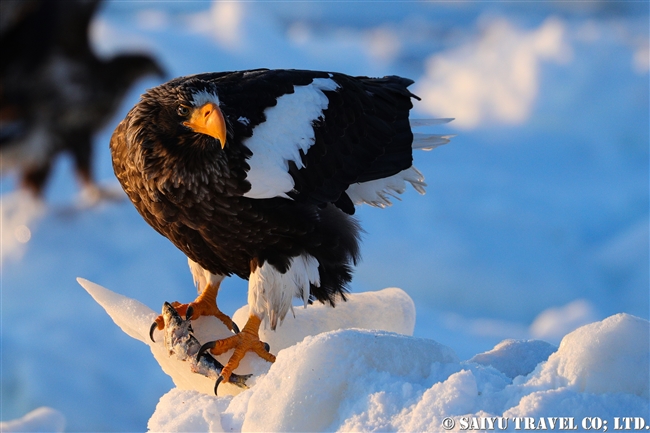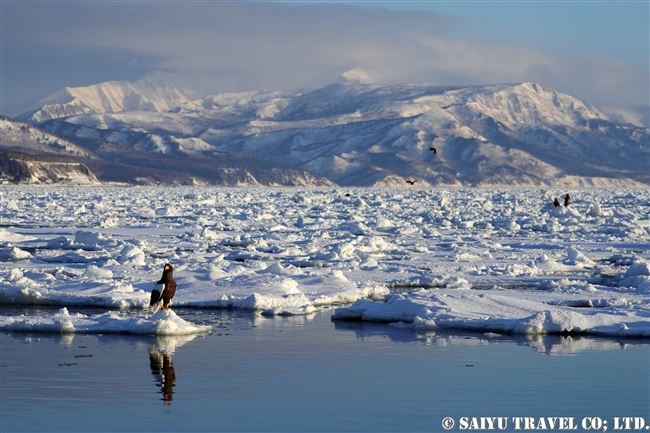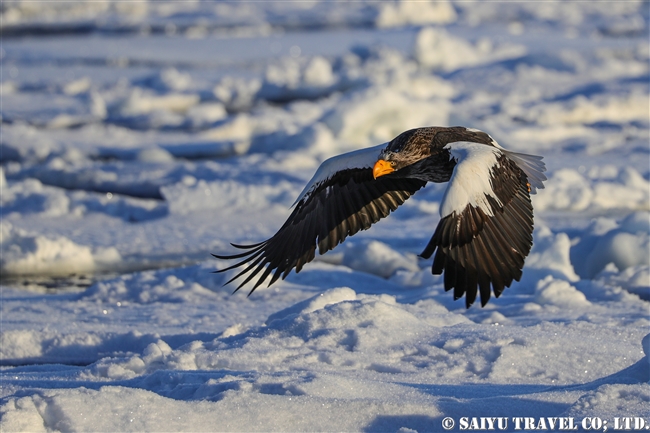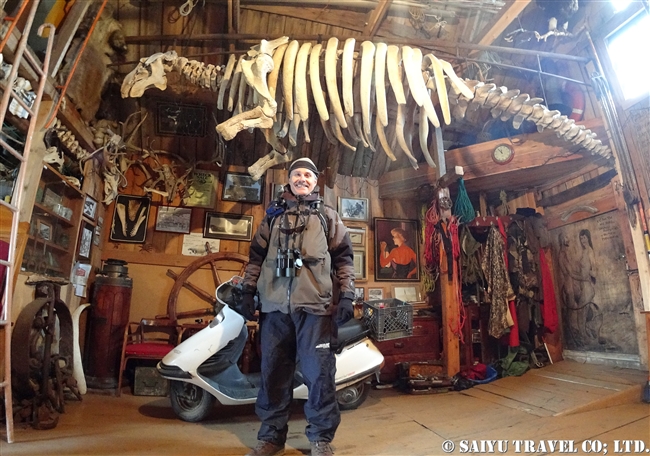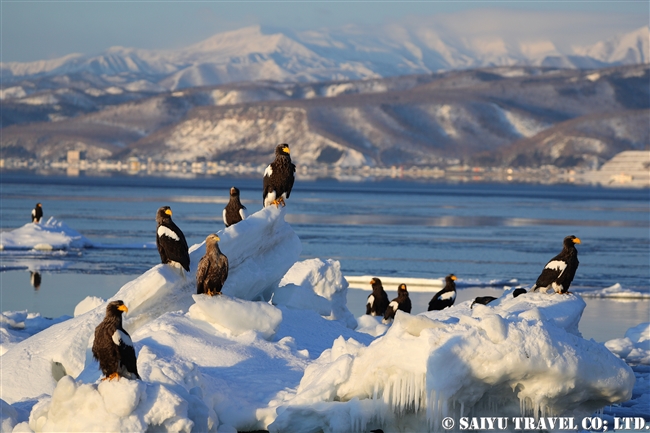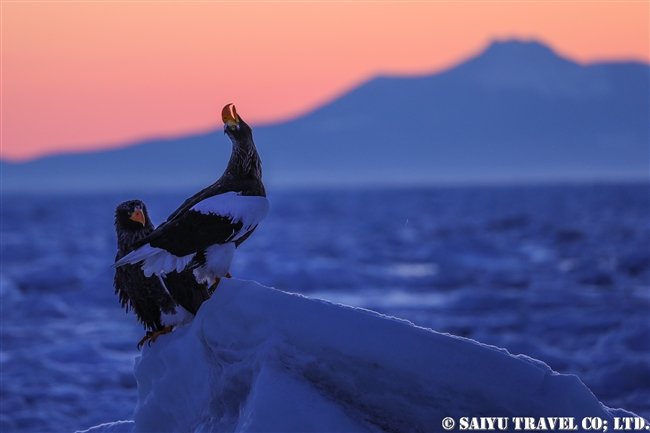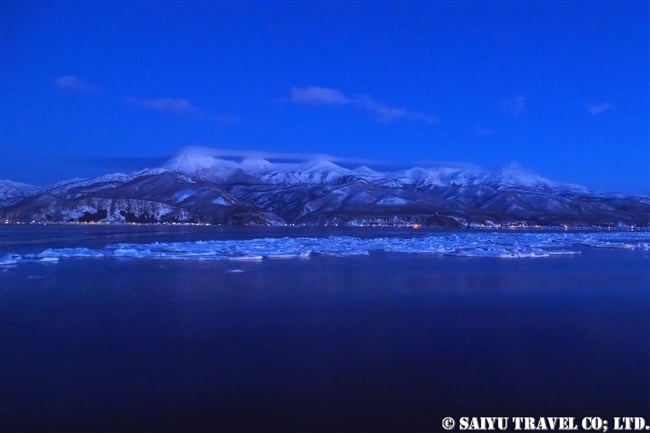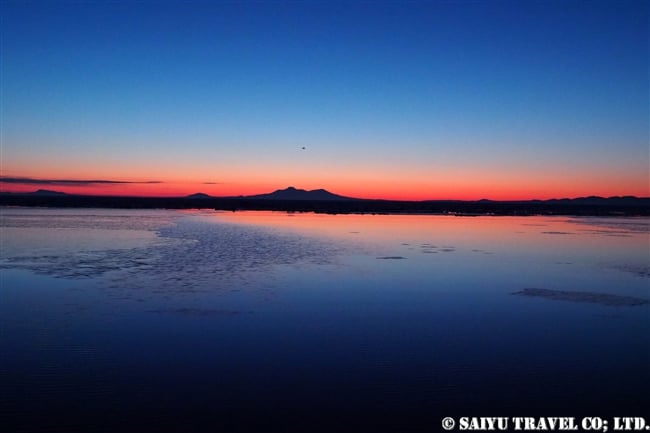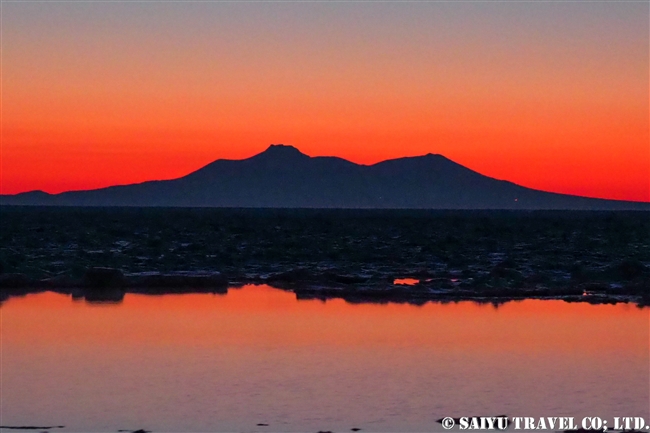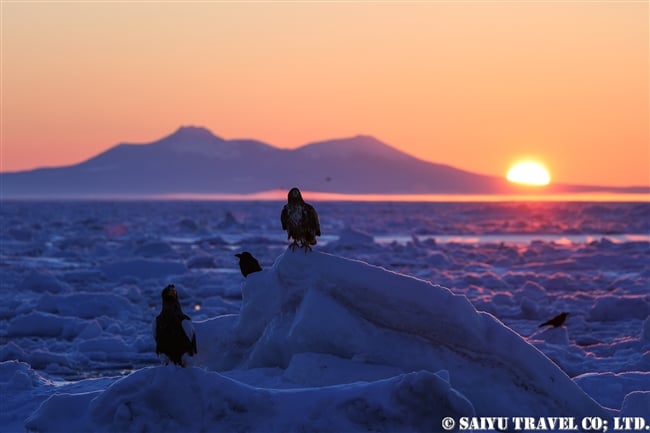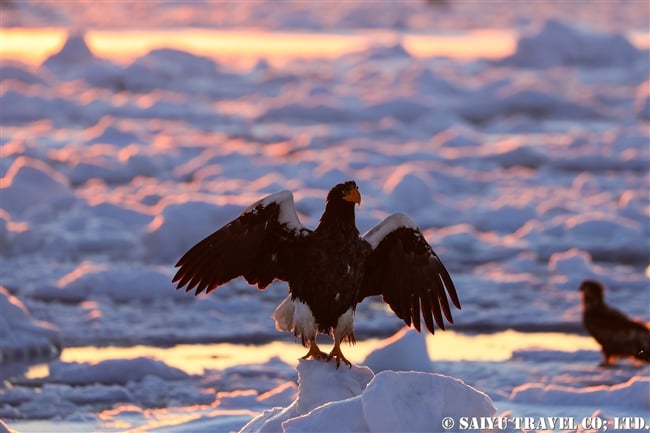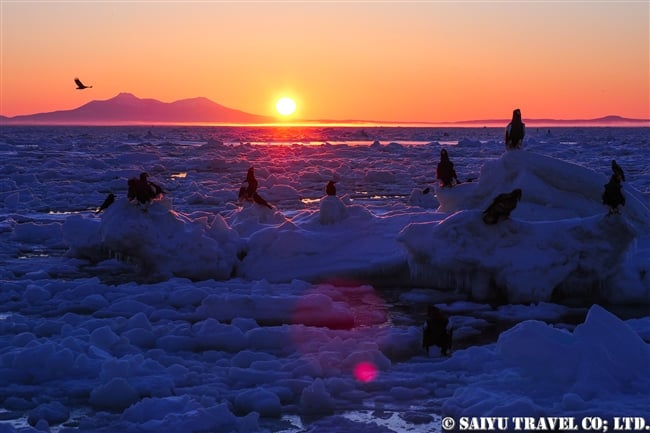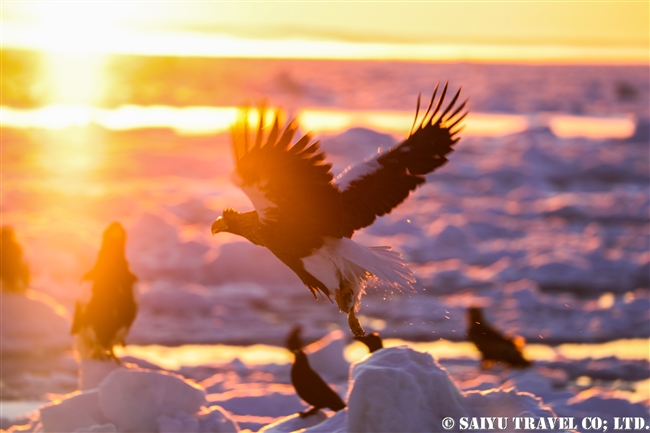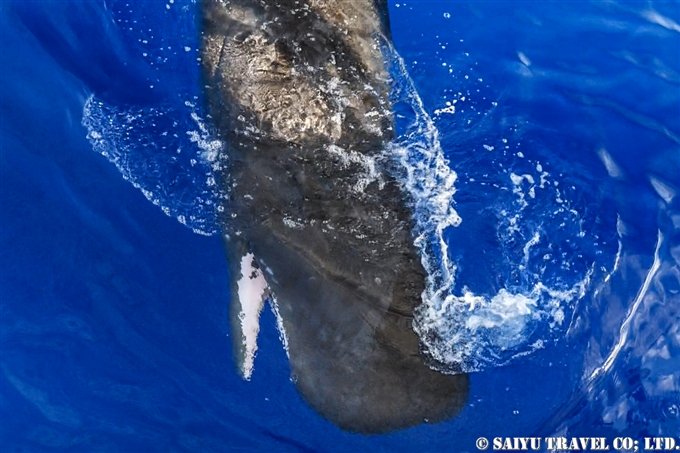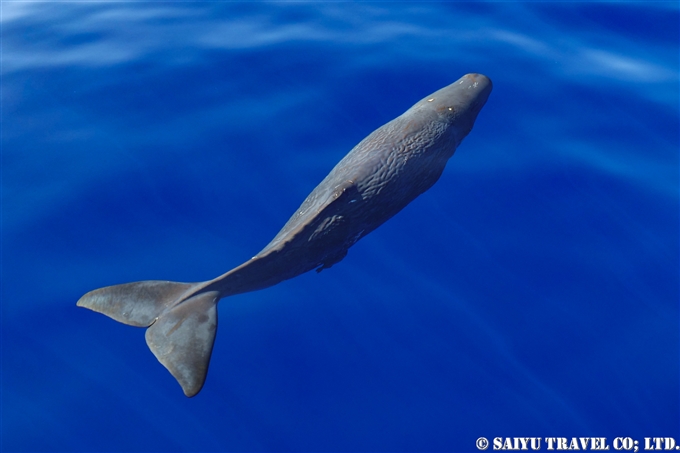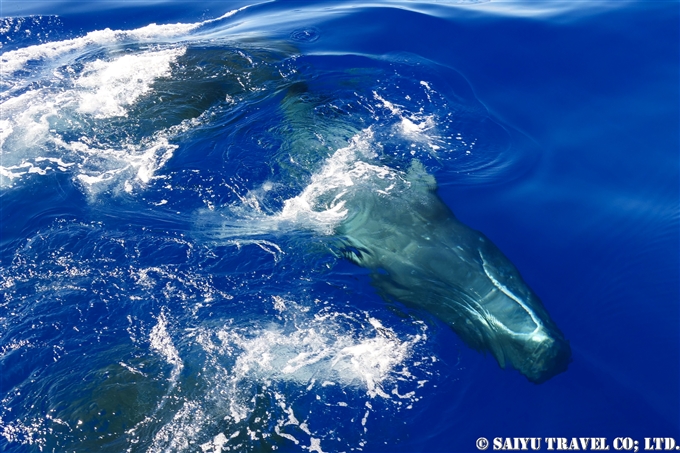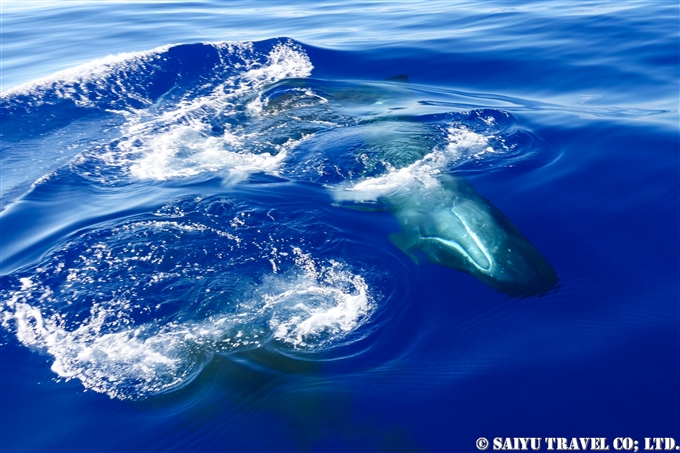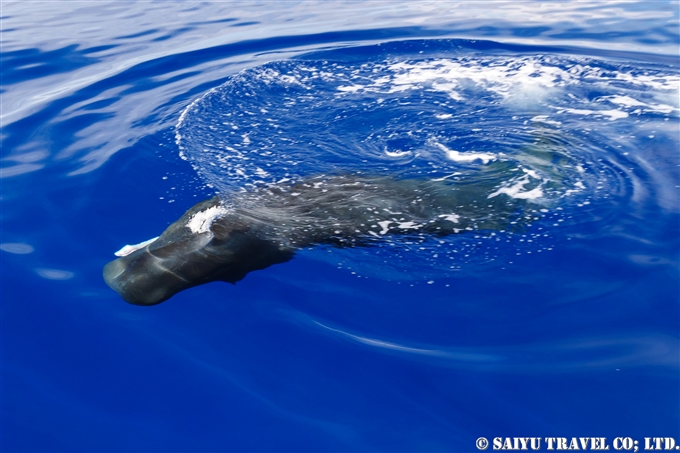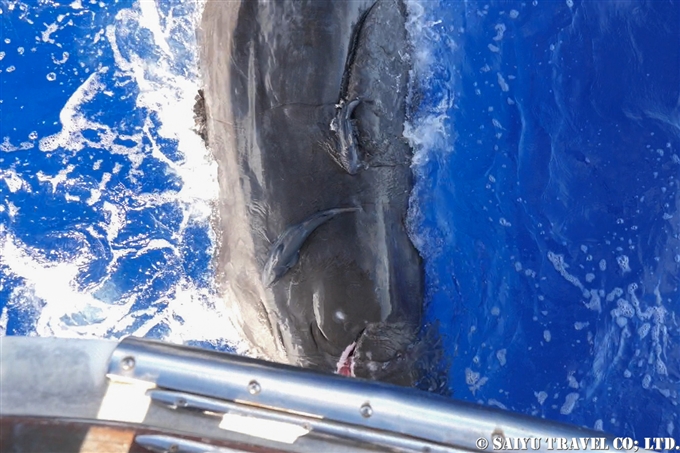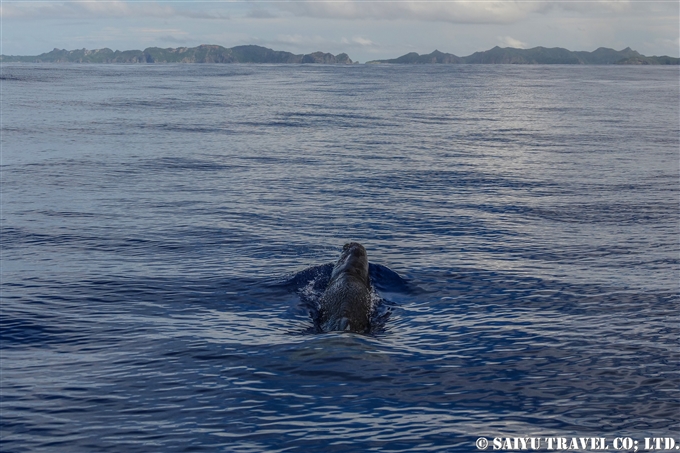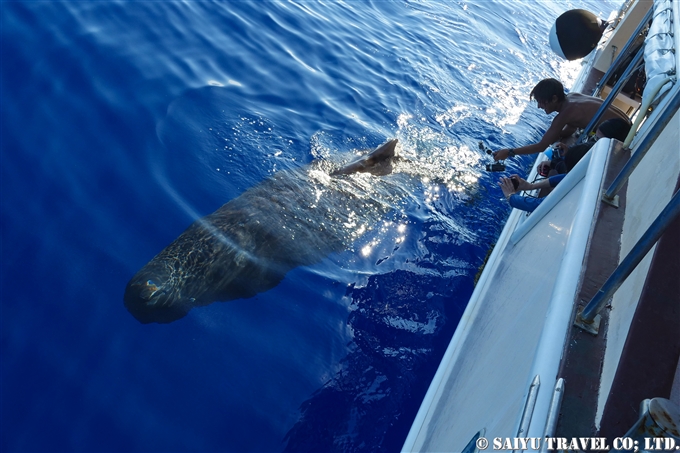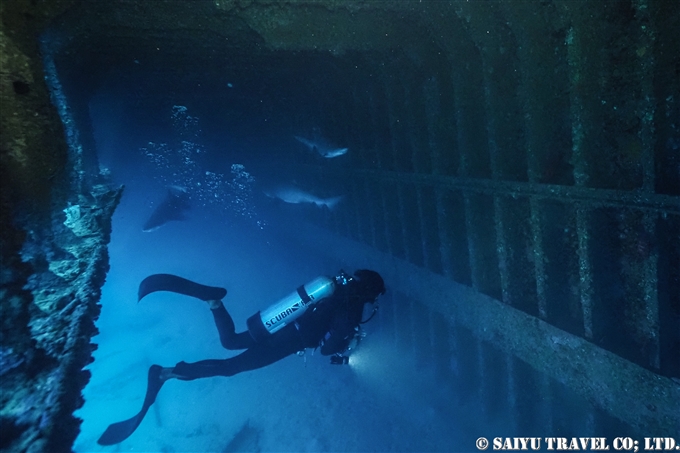
When talking about “Scuba diving in Ogasawara Island,” it is almost synonymous as saying “Sand Tiger Sharks.” (shirowani in Japanese). They are bottom dwellers, normally found in small caves but encountering them in a shipwreck dive is quite dramatic.
In Chichijima -Futami Bay, there are many ships that were attacked during World War II. Just diving around these wrecksites can be impressive enough by itself, but add in a sand tiger shark or two and it becomes exceptional.
Sand Tiger Shark at Shipwreck, Bonin island Japan|西遊旅行
There are many different ways that the ships may have ended up on the bottom; some have fallen apart as they sank after having been hit directly, some that sank in their original upright position, and yet others that are completely on their side when they sank to the seafloor.
Sand Tiger Sharks have their favorite places where they like to hang out, and sometimes we got to see more than one at a time!
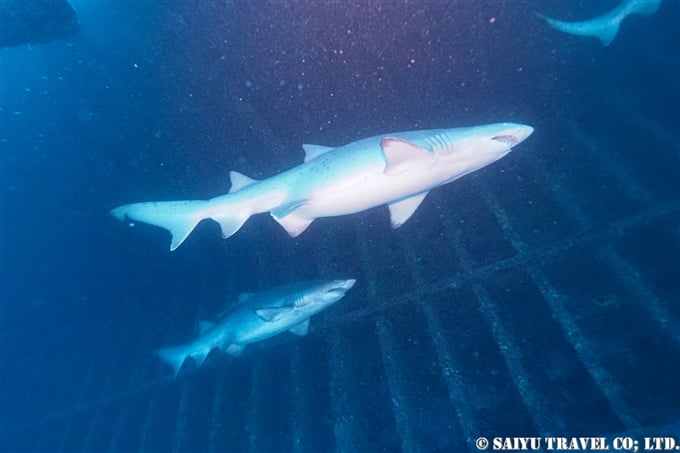
The sharks swam over me slowly and it really gave me the chills! I want to keep watching this scene, but I must get ready to surface. We are in the deep water, so we cannot linger here too long and must start making our slow ascent back up to the surface.
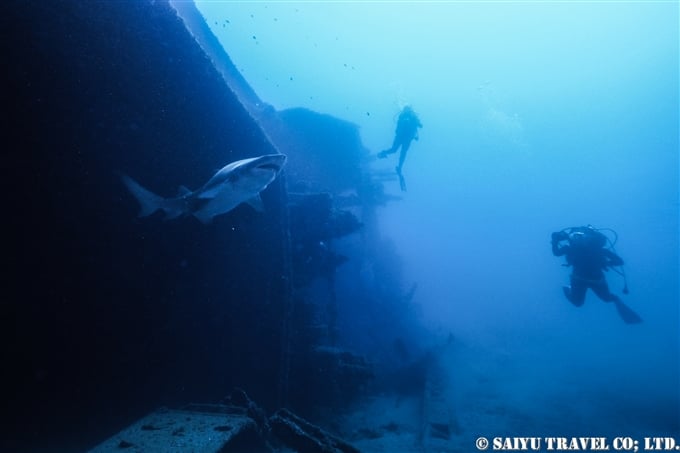
Our last moments with the Sand tiger shark!
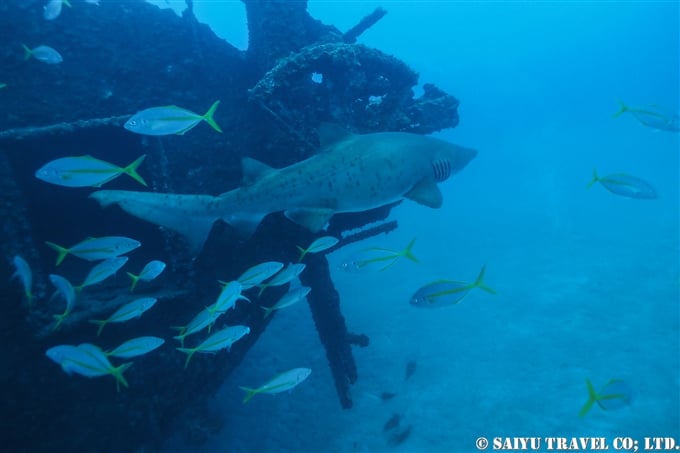
This was the last one we saw, who was swimming among the Striped jack. Right after we saw this Shark, we returned to the surface.
Image & text: Mariko SAWADA
Observation: Oct 2020, Chichijima, Futami Bay, Ogasawara Islands
Tags: Wildlife in Japan, Wildlife of Japan, Scuba diving in japan, Scuba diving tour in Japan, Bonin Islands, Scuba diving in Ogasawara, Ogasawara Islands, Dive in Japan, Wildlife tour of Japan, Diving tour of Japan, Sand Tiger Shark, Diving in Ogasawara Islands, Sand Tiger Shark of Ogasawara Islands




